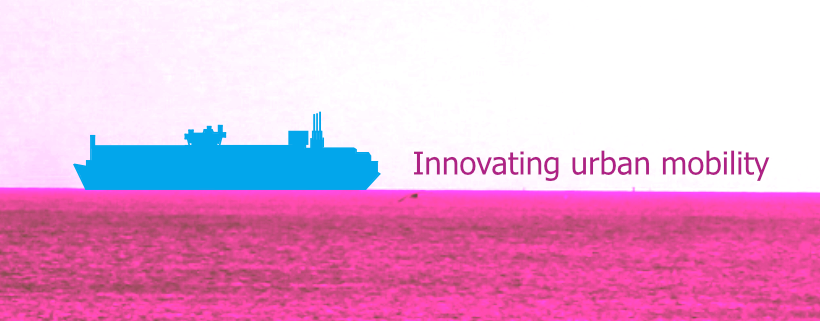Rethinking urban infrastructure on a global scale
As a generally curious person, I am always excited to hear about the latest developments around me. This is not limited to any area, but I do care about the environment quite a bit. I am all in for optimizing things that leave room for improvement, especially when there is potential to save time and resources and increase the quality of life.
A couple of months ago, I accidentally stumbled over an article about Roboats and their first test drives in the canals of Amsterdam city. I was – and still am – fascinated about the many different functions one Roboat can serve, making urban waterways more accessible than ever before.
They can serve as water taxis, collect garbage, deliver goods and even create an on-demand infrastructure. And the best thing about them – they are already nearly fully autonomous vehicles powered by electricity.
It leads me to think about the current fast-paced environment we live in, and that in many big cities society faces increasing problems in urban mobility. The congestion and emission are constantly rising because of the uptick in demand of the inhabitants. With increasing demand, there is also an increasing logistic challenge, as consumers nowadays expect speedy and flawless operations on all levels.
Further, old infrastructure is no longer fitting in the new digital era, where there is a rising need for a dynamic infrastructure. When looking at Amsterdam in this case, many of the existing bridges are said to be a bit fragile and an increasing number of trucks cannot surpass them anymore without risk.
A question emerges for me: how do we solve these challenges of the fast-paced environment we live in?
With constant innovation! And I realize that Roboat is an excellent example of how technology can increase the quality of life.
With approximately 200km of waterway, it only makes sense to look at the canals as an option to decrease emission and congestion. The boats are built in a way that allows them to turn into a kind of dynamic infrastructure – by interlocking themselves, they can quickly form a bridge that is safe to drive on with vehicles. They can easily form a floating stage for entertainment as well. Further, there is no need for a skipper, as they are moving autonomously.
They also help to keep the city clean and healthy by offering on-demand garbage collection, and they automatically calculate the most resource-efficient routes for any trip.
While this may scare many people when they first think about a self-driving boat, I would like to encourage you to think a bit further. Most of the time, human error causes harm, so I even dare arguing that it will be a much safer option to travel with a fully autonomous boat, given that it runs its logic and digital twin on a highly secure platform such as BaseN Platform.
Did you know that at BaseN, we already had digital twins before it became a buzzword? We are a forerunner in the maritime industry as well. We enable digital twins of individual vessels together with our customer Norsepower – who brought rotor sails back to life on BaseN. Studies found that you can save up to a whopping 20% of emission – and we are speaking about giant vessels here.
When you combine all the logic of any disposable device/ vehicle /Thing on a solid platform, Roboats (of any size) will be just the start of a magnificent and sustainable future.
//Sonja





One reply on “Sailor, your home is the sea – or is it?”
thank you for the article